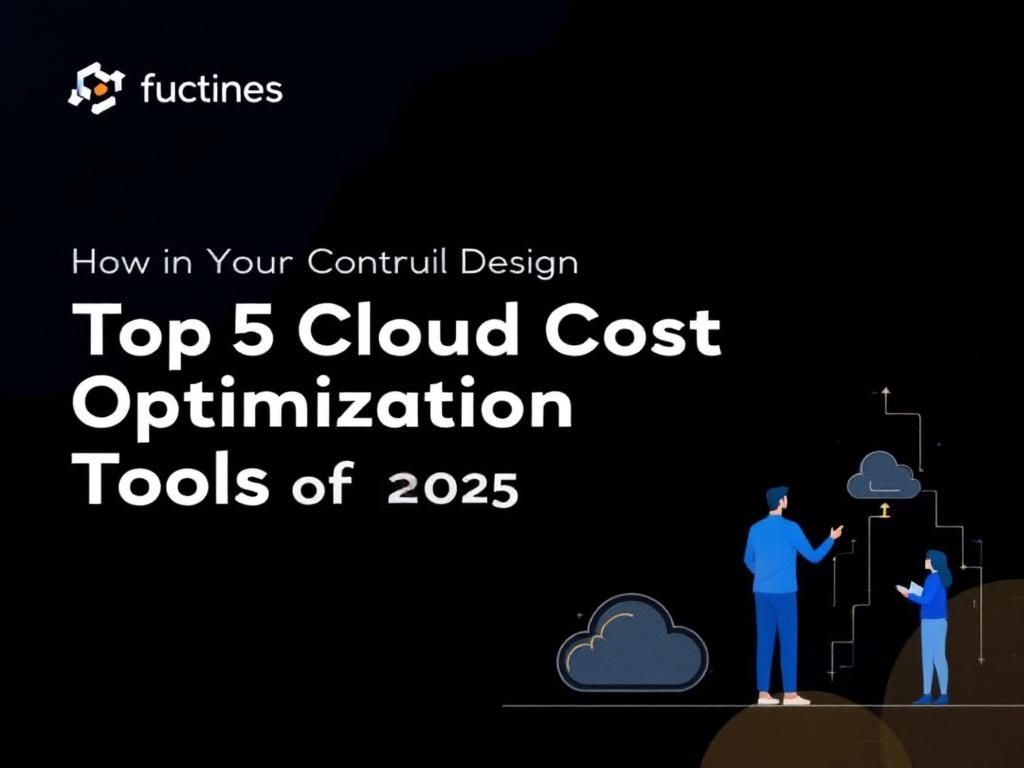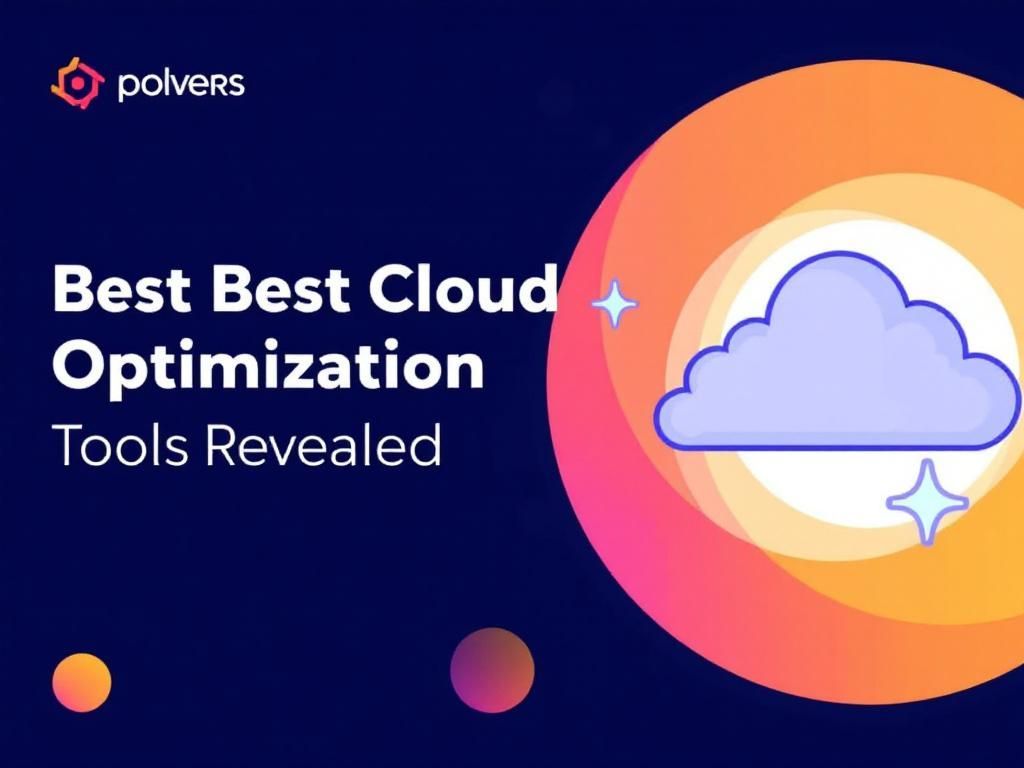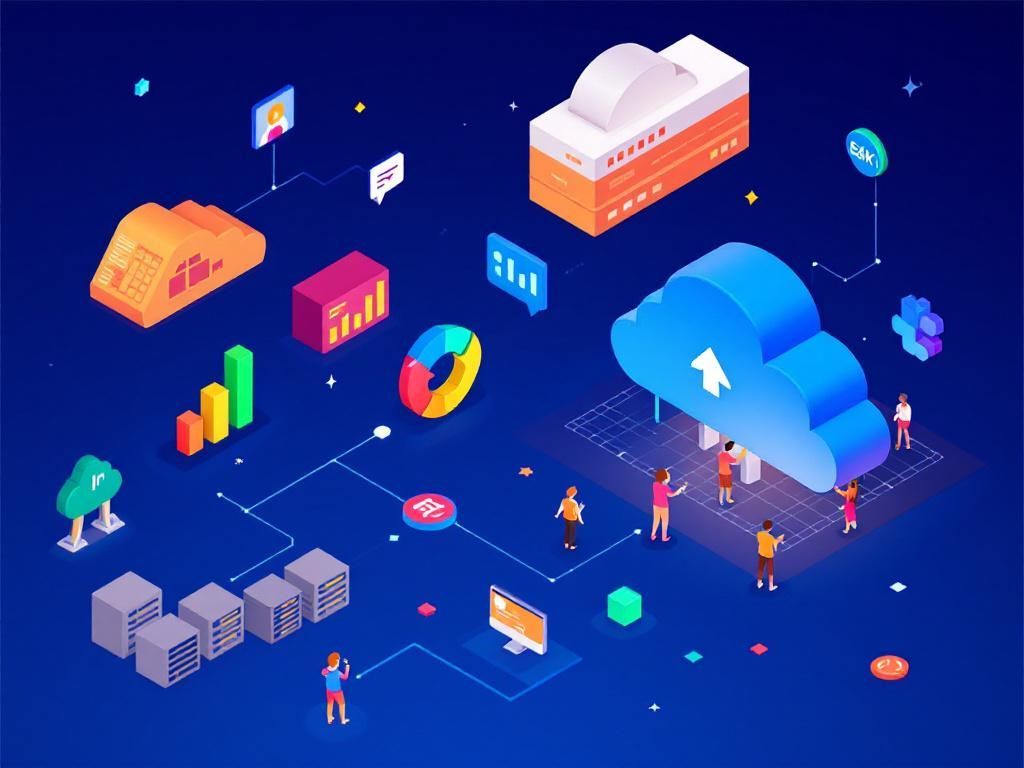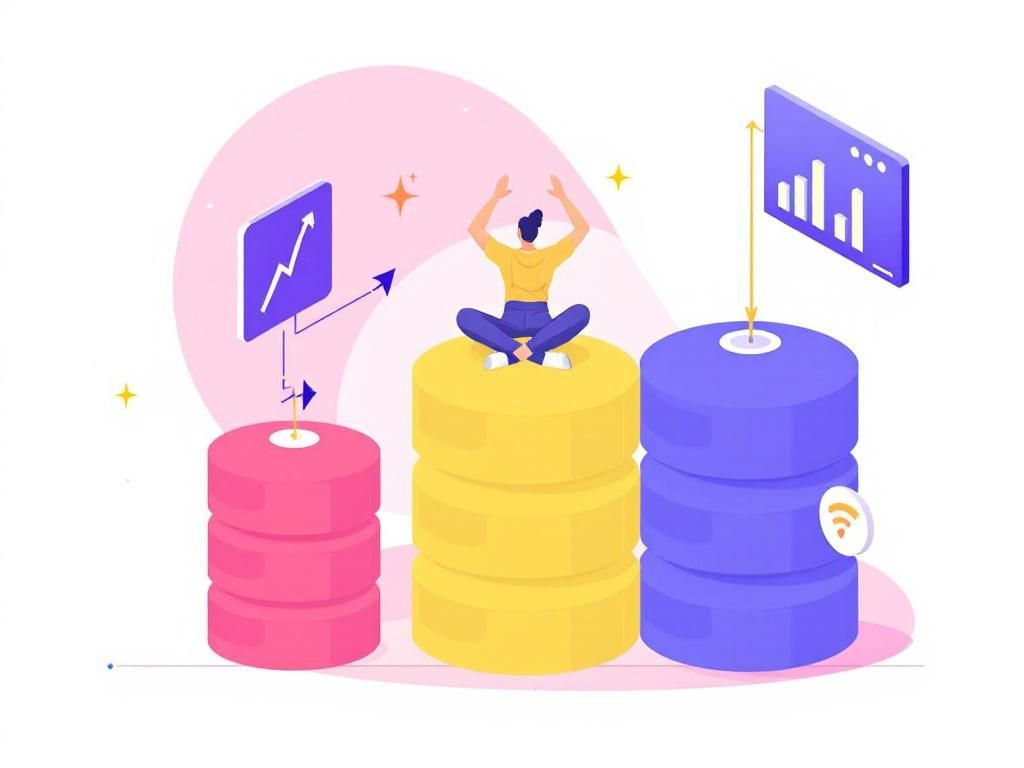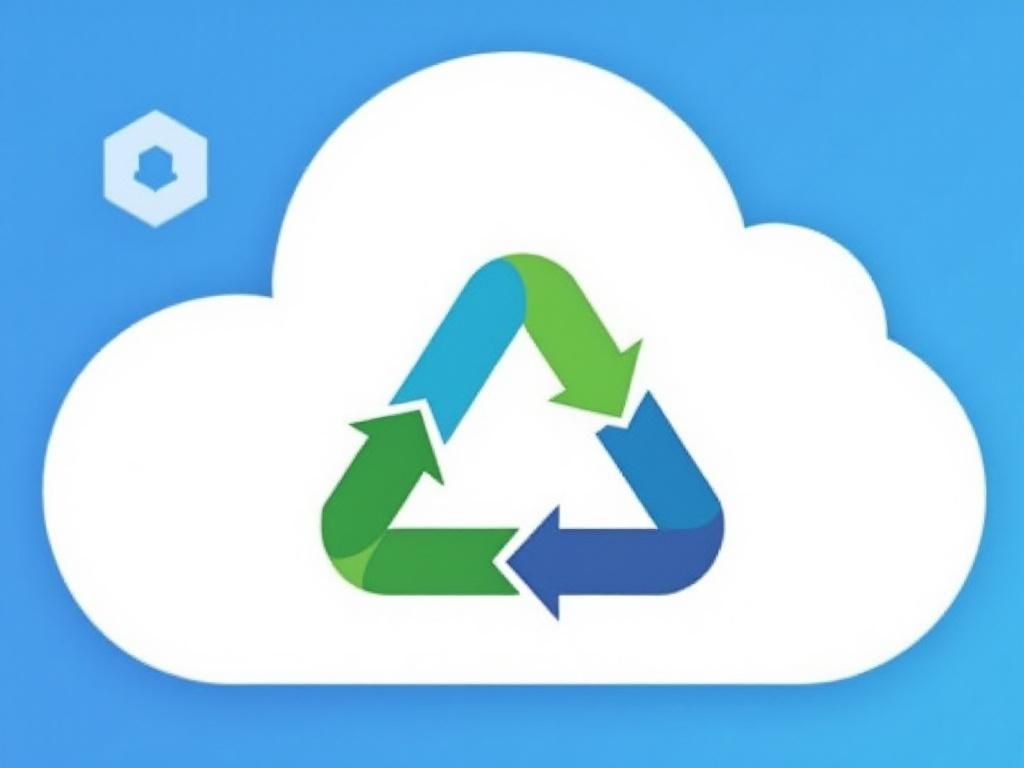Mastering Cloud Cost Analysis in 2025: Strategies & Tools
Discover essential strategies and tools for mastering cloud cost analysis in 2025 to optimize your business expenses effectively.
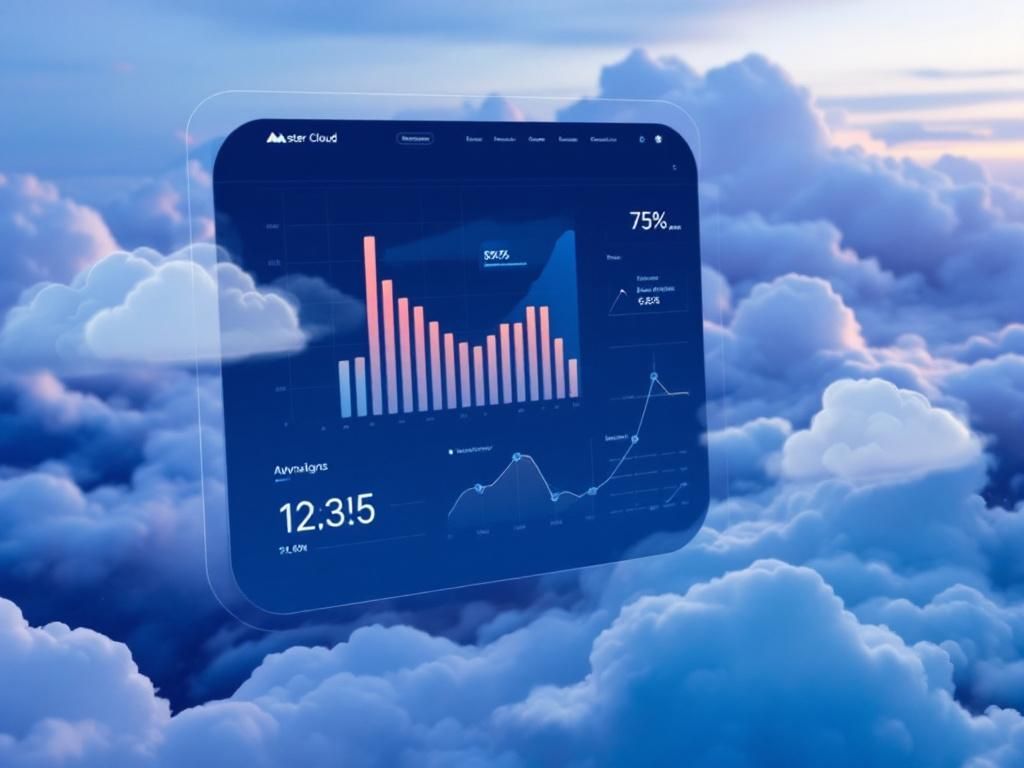
In the realm of technology, cloud computing has transformed the way businesses operate, offering unparalleled flexibility, scalability, and cost-efficiency. As organizations increasingly migrate their operations to the cloud, understanding how to manage and analyze cloud costs becomes paramount. In 2025, mastering cloud cost analysis will not only be a competitive advantage but a necessity for businesses striving to maximize their returns on investment.
Table of Contents
Understanding Cloud Costs
Cloud costs can be complex and multifaceted. They typically fall into several categories:
- Compute Costs: Charges incurred from virtual machines, containers, and serverless functions.
- Storage Costs: Expenses associated with data storage solutions, including block storage, object storage, and file storage.
- Data Transfer Costs: Fees for moving data in and out of the cloud, often dictated by bandwidth and region.
- Support Costs: Costs related to technical support plans offered by cloud service providers.
- Licensing Fees: Charges for any third-party software used in conjunction with cloud services.
The Importance of Cost Analysis
Conducting a thorough cost analysis enables organizations to:
- Identify waste and eliminate unnecessary spending.
- Optimize resource allocation to enhance performance.
- Forecast future costs based on usage patterns.
- Align cloud spending with business objectives.
The Role of Financial Management in Cloud Computing
Effective financial management is crucial when it comes to cloud cost analysis. It involves:
- Budgeting: Setting a clear budget for cloud expenditures.
- Tracking: Monitoring actual vs. projected costs to identify discrepancies.
- Reporting: Generating reports that provide insights into spending trends.
Tools and Techniques for Effective Cost Analysis
Utilizing the right tools and techniques can streamline the process of cloud cost analysis. Here are some popular tools in the market:
| Tool | Key Features |
|---|---|
| AWS Cost Explorer | Visualize usage patterns, analyze costs, and forecast future expenses. |
| Azure Cost Management | Monitor, allocate, and optimize Azure spending across subscriptions. |
| Google Cloud Billing | Track costs, set budgets, and receive alerts for billing thresholds. |
| CloudHealth by VMware | Integrate cost and performance data to optimize cloud environments. |
Cost Allocation Strategies
To ensure accurate tracking of cloud spending, organizations should implement effective cost allocation strategies, such as:
- Tagging: Assign tags to resources for better visibility and accountability.
- Resource Grouping: Group similar resources to analyze costs effectively.
- Project-based Allocation: Allocate costs based on specific projects or departments to identify spending patterns.
Best Practices for Cloud Cost Management
Developing best practices for managing cloud costs can lead to significant savings. Here are some recommended strategies:
Establish a Cloud FinOps Team
A Cloud FinOps team consists of finance, engineering, and cloud operation professionals who work together to manage cloud spending. This collaboration fosters a culture of accountability and maximizes financial performance.
Utilize Automation
Automation tools can help manage resources efficiently, shutting down unused instances or adjusting resources based on demand. Consider using:
- Auto Scaling: Automatically adjust compute resources based on traffic.
- Scheduled Scaling: Predefine scaling actions based on anticipated usage.
Regular Cost Review Meetings
Schedule regular meetings to review cloud spending and identify trends. This promotes transparency and accountability among stakeholders.
Analyzing Future Trends in Cloud Cost Management
As we move deeper into 2025, several trends are shaping cloud cost management:
- Increased Focus on Sustainability: Organizations are prioritizing environmentally responsible cloud practices, which can also lead to cost savings.
- Emergence of AI and Machine Learning: Predictive analytics and machine learning tools are becoming pivotal in forecasting and managing cloud expenditures.
- Hybrid and Multi-Cloud Strategies: As organizations diversify their cloud strategies, managing costs across platforms will require innovative approaches.
Conclusion
Mastering cloud cost analysis in 2025 is not just about understanding expenses; it is about fostering a culture of financial accountability, leveraging the right tools, and keeping a keen eye on industry trends. With the right strategies in place, organizations can ensure that their cloud investments yield the best possible returns while maintaining flexibility and efficiency in their operations.
FAQ
What is cloud cost analysis?
Cloud cost analysis is the process of tracking, managing, and optimizing cloud spending to ensure that organizations are using their cloud resources effectively and efficiently.
Why is cloud cost analysis important in 2025?
In 2025, as cloud adoption continues to grow, effective cost analysis will be crucial for businesses to control expenses, maximize ROI, and prevent overspending on cloud services.
What tools can help with cloud cost analysis?
Various tools like CloudHealth, AWS Cost Explorer, and Azure Cost Management can assist organizations in analyzing their cloud costs and optimizing their spending.
How can businesses optimize their cloud spending?
Businesses can optimize their cloud spending by implementing strategies such as rightsizing resources, utilizing reserved instances, monitoring usage, and setting budgets and alerts.
What are common mistakes in cloud cost analysis?
Common mistakes include failing to monitor usage continuously, not understanding pricing models, and neglecting to tag resources for accurate tracking and reporting.
How often should cloud cost analysis be conducted?
Cloud cost analysis should be conducted regularly, ideally on a monthly basis, to ensure ongoing monitoring and optimization of cloud expenses.



